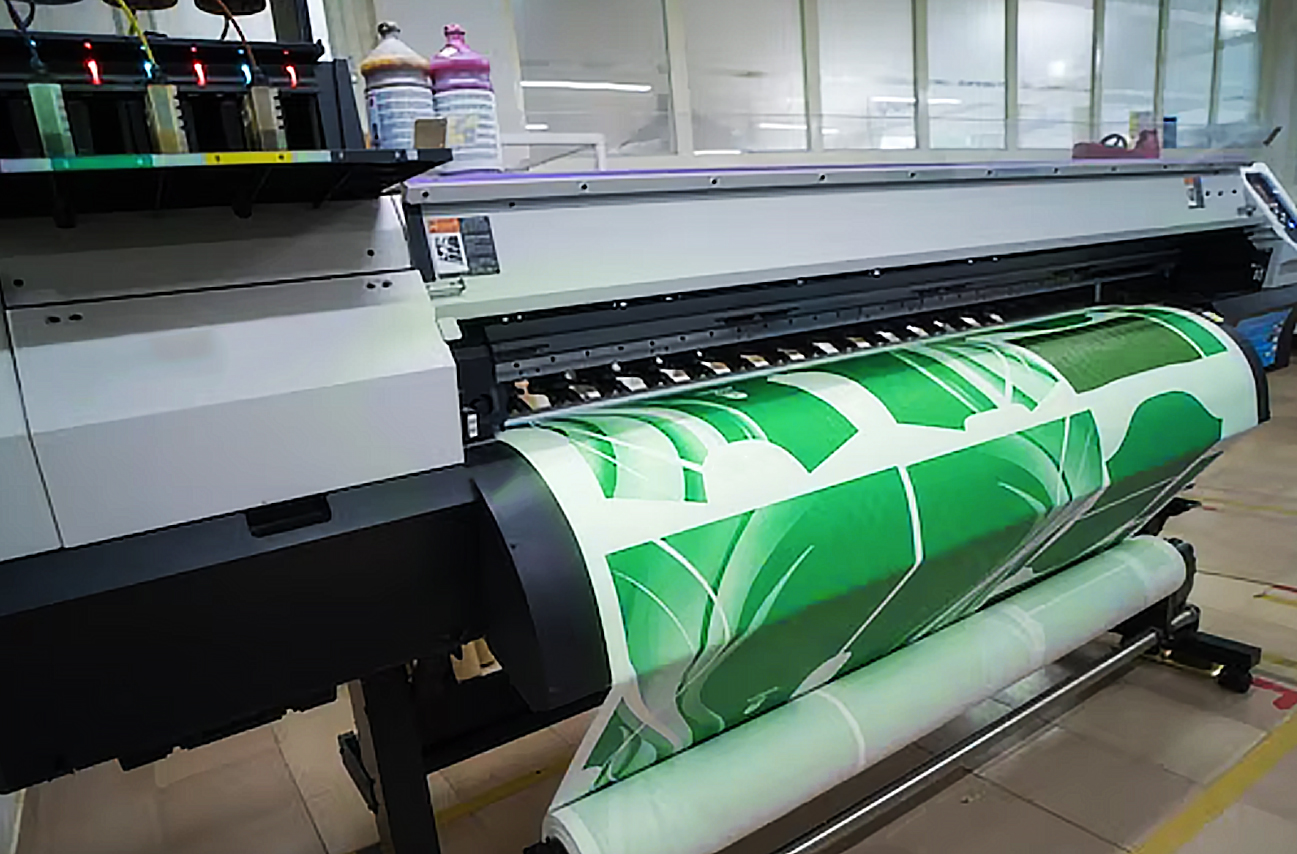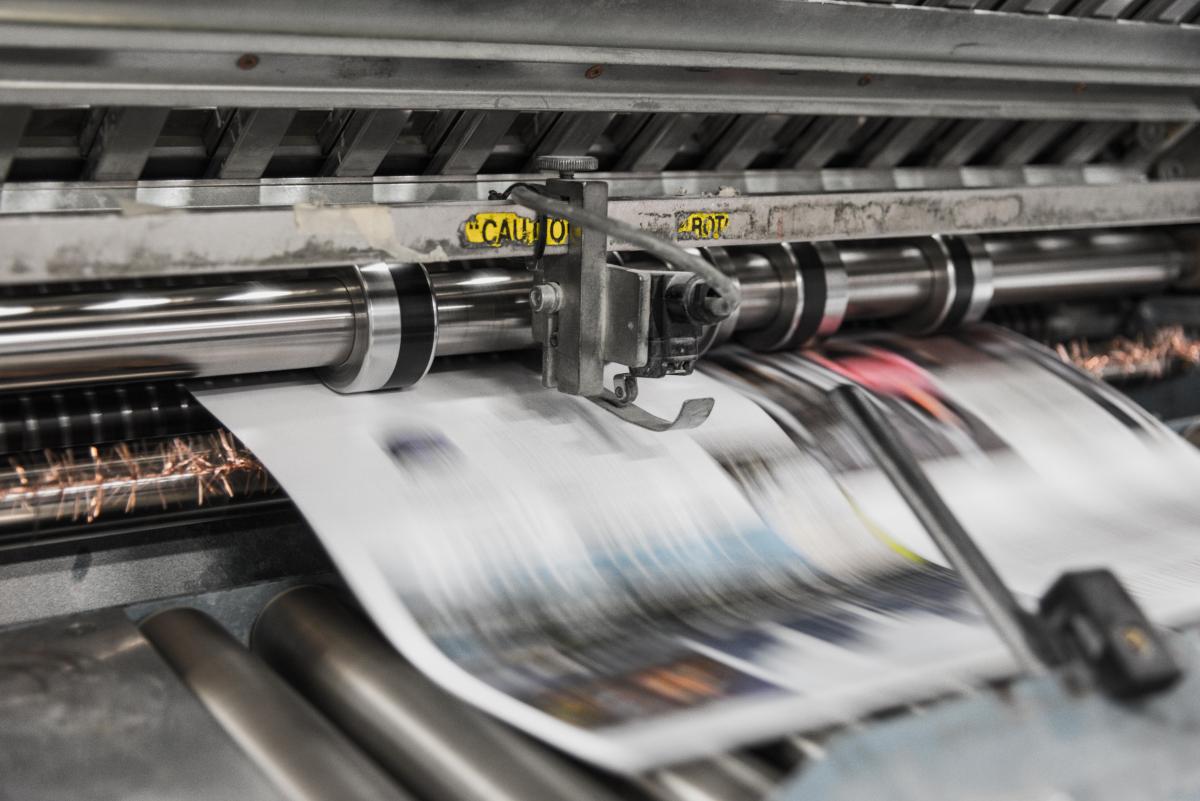In recent years, the integration of AI in printing technology has revolutionized the printing industry. This transformation is not just a fleeting trend but a profound shift that is here to stay. By leveraging artificial intelligence, printing technology has reached new heights, offering unprecedented efficiencies and capabilities. This article explores how AI in printing technology is reshaping the industry, making it more dynamic and innovative than ever before.

Understanding AI in Printing Technology
At its core, AI in printing technology involves the use of machine learning algorithms and data processing to optimize printing processes. This technology can analyze vast amounts of data quickly, allowing for real-time adjustments and improvements. From predicting maintenance needs to enhancing color accuracy, AI is making printing more precise and reliable.
How AI Enhances Printing Efficiency
One of the most significant benefits of AI in printing technology is its ability to enhance efficiency. By automating routine tasks, AI reduces the time and labor involved in printing processes. For example, AI-powered predictive maintenance can foresee equipment failures before they occur, minimizing downtime and extending the lifespan of printing machines.
Improving Print Quality with AI
The integration of AI has also led to significant improvements in print quality. AI algorithms can adjust settings in real-time to ensure consistency and accuracy in color reproduction. This is especially important in industries where color precision is critical, such as marketing and advertising.
The Role of AI in Customization
Customization is a growing trend in the printing industry, and AI is at the forefront of this movement. With AI, businesses can offer personalized printing solutions that cater to individual customer preferences. This level of customization was previously unattainable, but AI makes it possible by analyzing consumer data and automating the customization process.
AI’s Impact on Sustainability in Printing
Sustainability is a crucial consideration in today’s printing industry. Fortunately, AI in printing technology is contributing to more sustainable practices. AI can optimize material usage, reducing waste and minimizing environmental impact. Additionally, AI-driven processes are often more energy-efficient, further supporting sustainability goals.
Challenges and Considerations
While the benefits of AI in printing technology are vast, there are challenges to consider. Implementing AI requires significant investment in technology and training. Businesses must also address data privacy concerns, as AI relies heavily on data collection and analysis.
Overcoming Implementation Barriers
Despite these challenges, the long-term benefits of AI integration in printing outweigh the initial hurdles. Companies that successfully implement AI can expect increased efficiency, improved print quality, and greater customer satisfaction.
The Future of AI in Printing Technology
As AI technology continues to evolve, its role in the printing industry will only grow. Future advancements may include even more sophisticated predictive analytics and automation capabilities. The potential for AI to revolutionize the printing industry is immense, and businesses that embrace this technology will be well-positioned for success.
Emerging Trends in AI and Printing
Looking ahead, several trends are likely to shape the future of AI in printing technology. These include the rise of smart printing solutions, increased focus on sustainability, and the development of new AI-driven printing applications. For more insights on the future of the print industry, visit this article.
Case Studies: AI Success Stories
Many companies have already experienced the transformative power of AI in printing. For instance, businesses that have adopted AI-driven color management systems report significant improvements in print quality and customer satisfaction. These success stories demonstrate the tangible benefits of AI in the printing industry.
AI in Action: Real-World Examples
One notable example is a printing company that used AI to streamline its workflow and reduce production time. By implementing AI-powered scheduling and resource allocation tools, the company increased its output while lowering operational costs. Such examples highlight the practical applications of AI and its potential to drive business success.

FAQs about AI in Printing Technology
1. What is AI in printing technology?
AI in printing technology refers to the use of artificial intelligence and machine learning to optimize and enhance printing processes. It involves automating tasks, improving print quality, and enabling customization.
2. How does AI improve print quality?
AI improves print quality by analyzing data and adjusting printing settings in real-time. This ensures consistent color accuracy and precision, leading to higher-quality prints.
3. What are the challenges of implementing AI in printing?
Challenges include the initial investment in technology and training, as well as addressing data privacy concerns. However, the long-term benefits of AI integration often outweigh these challenges.
For more information on the evolution of printing technologies, you can explore how offset printing changed publishing and its impact on the industry.
Published on: 2024-01-01
This article contains affiliate links. We may earn a commission at no extra cost to you.






